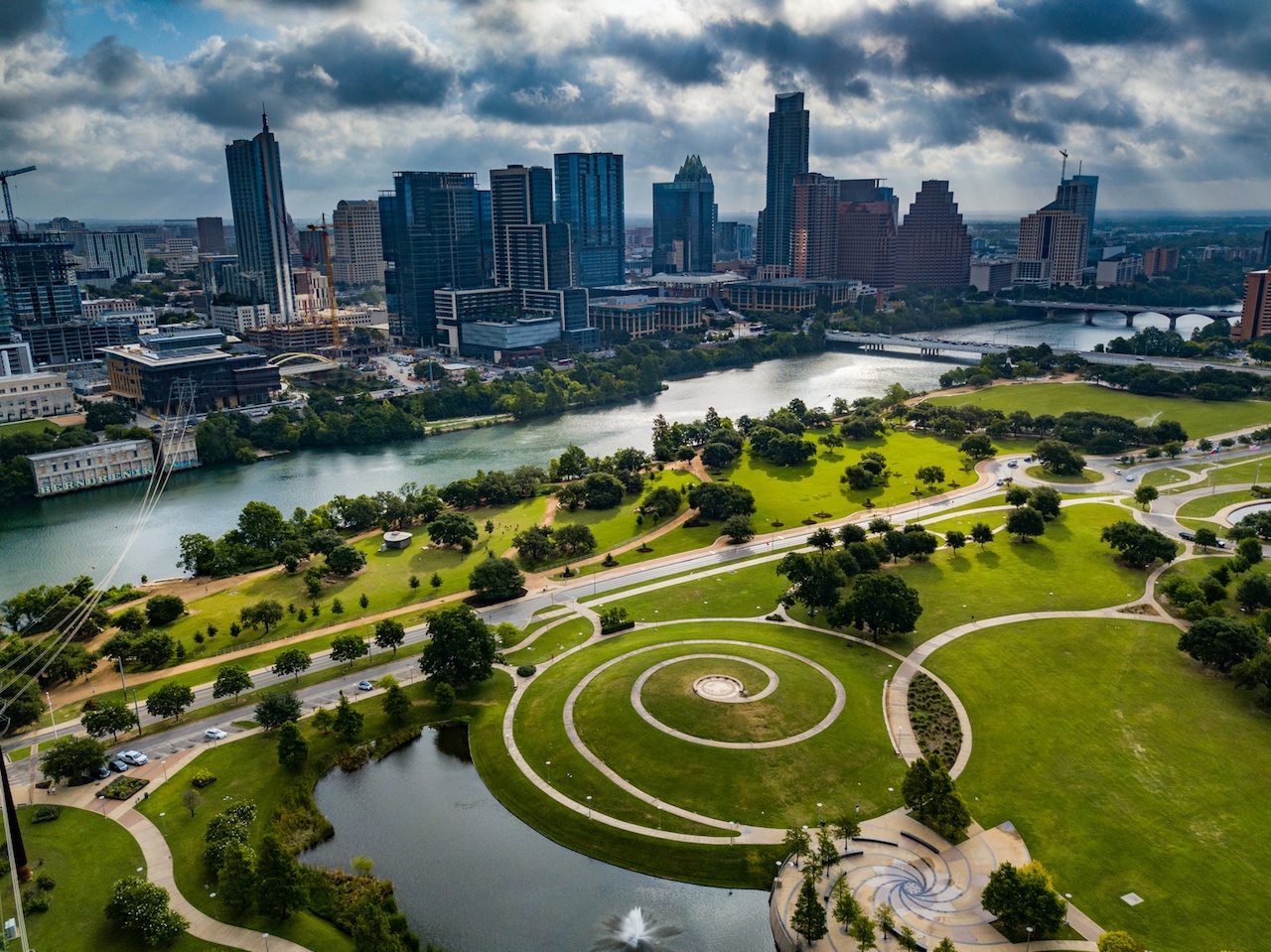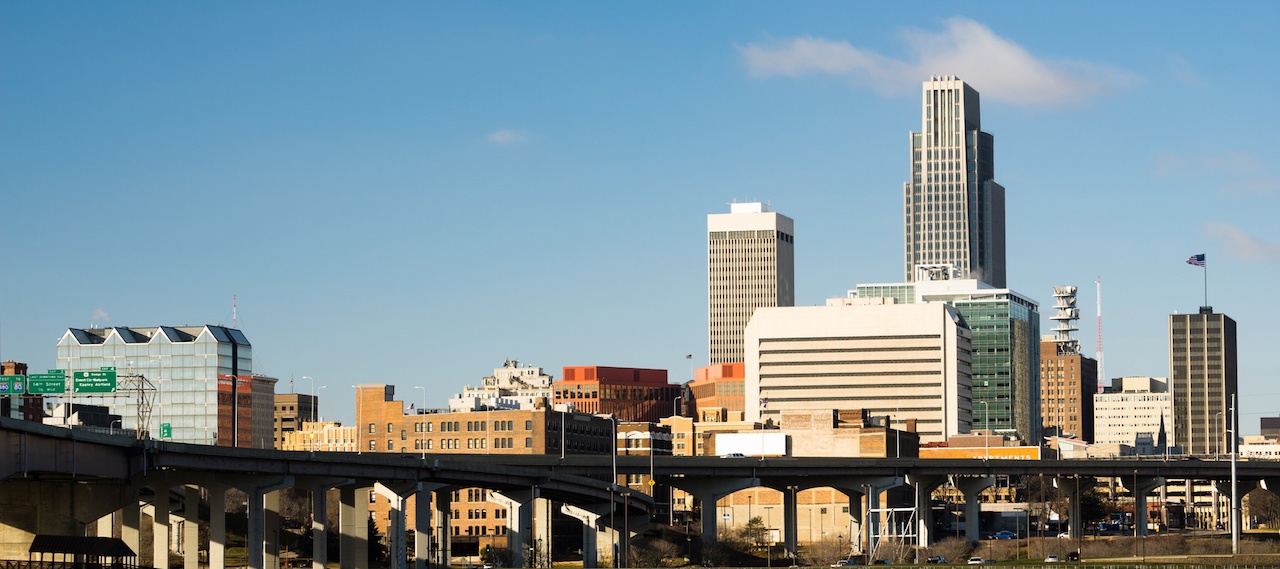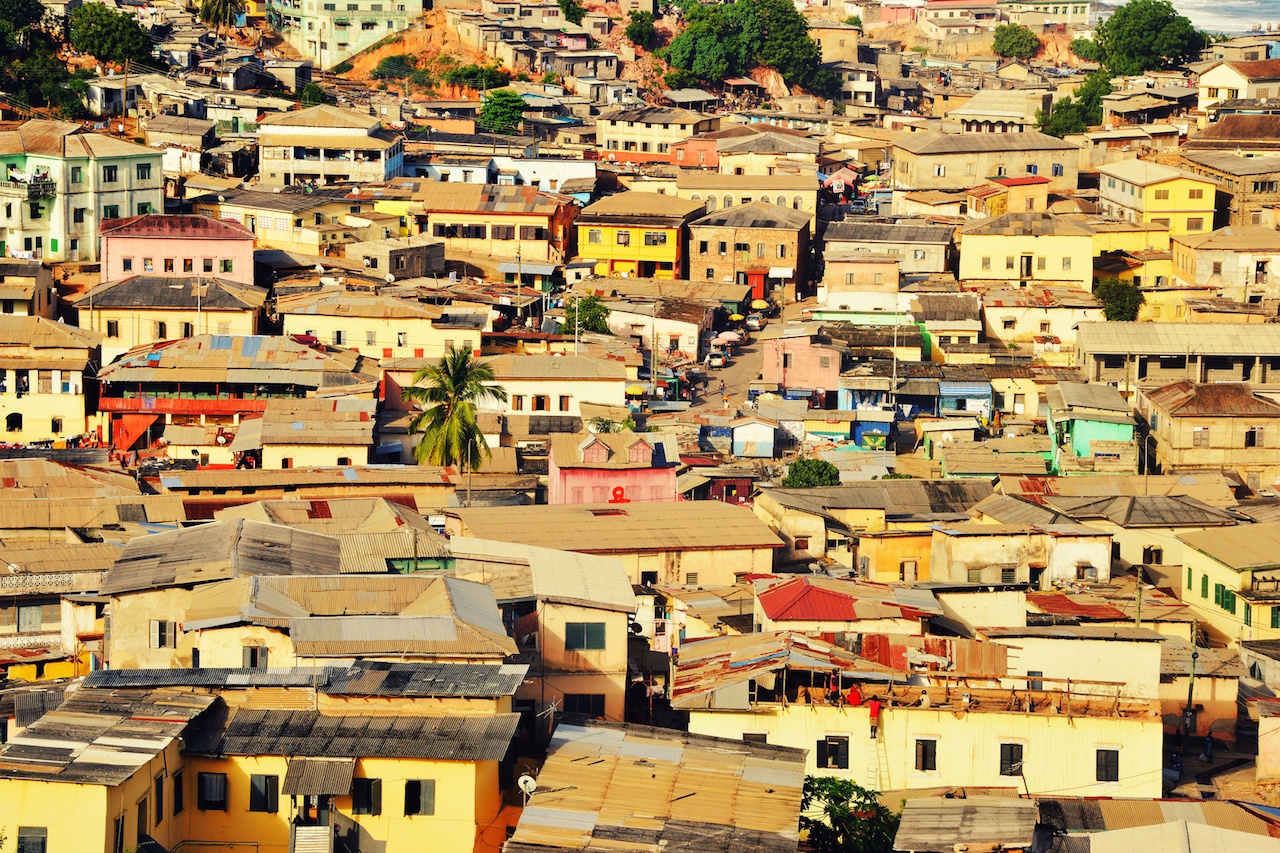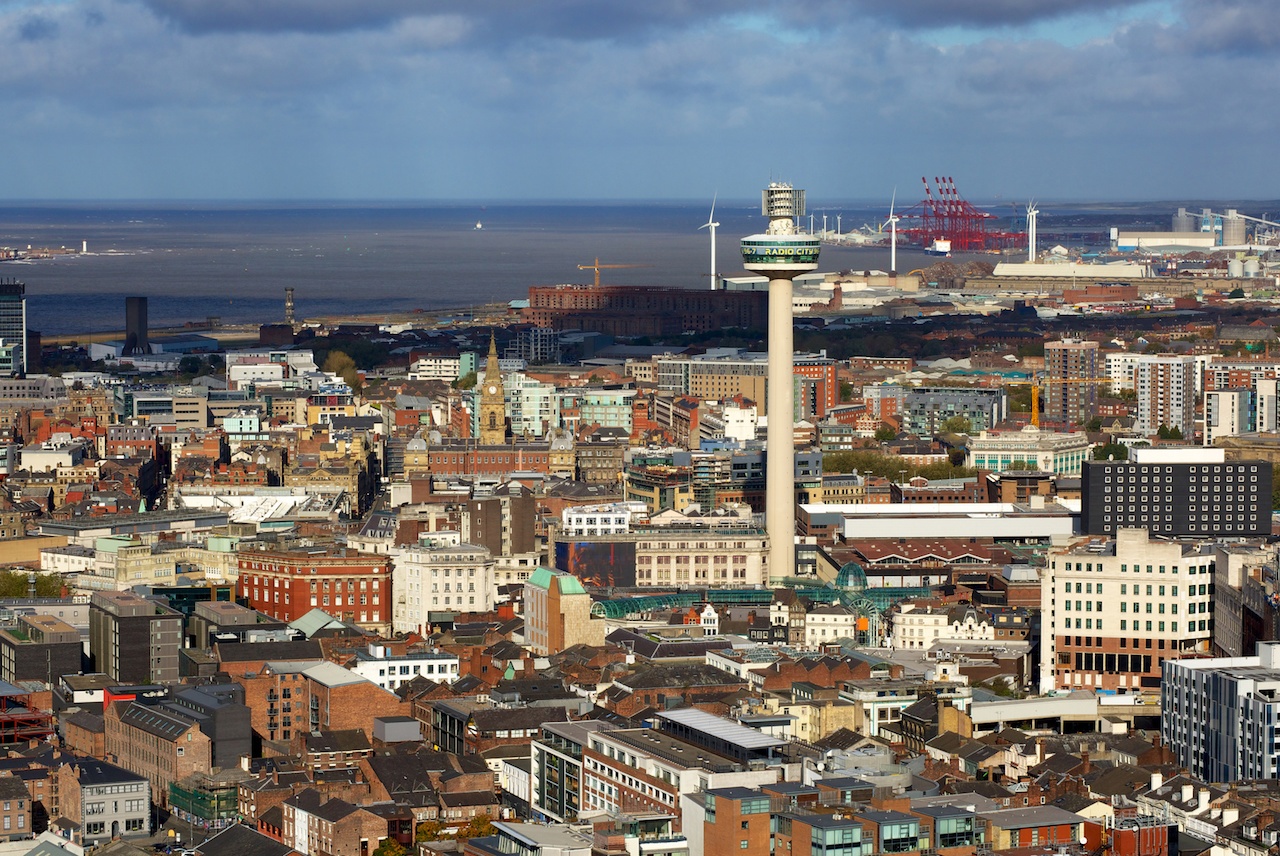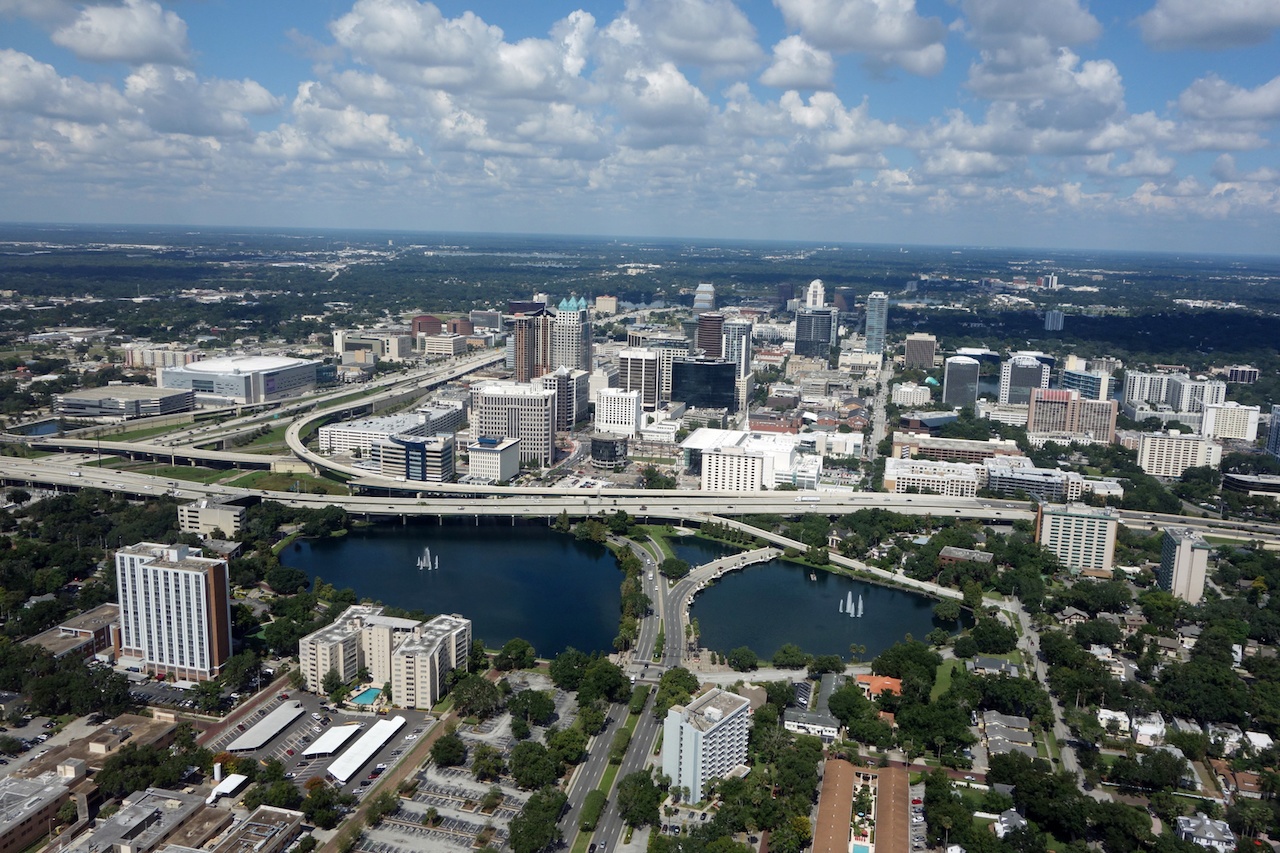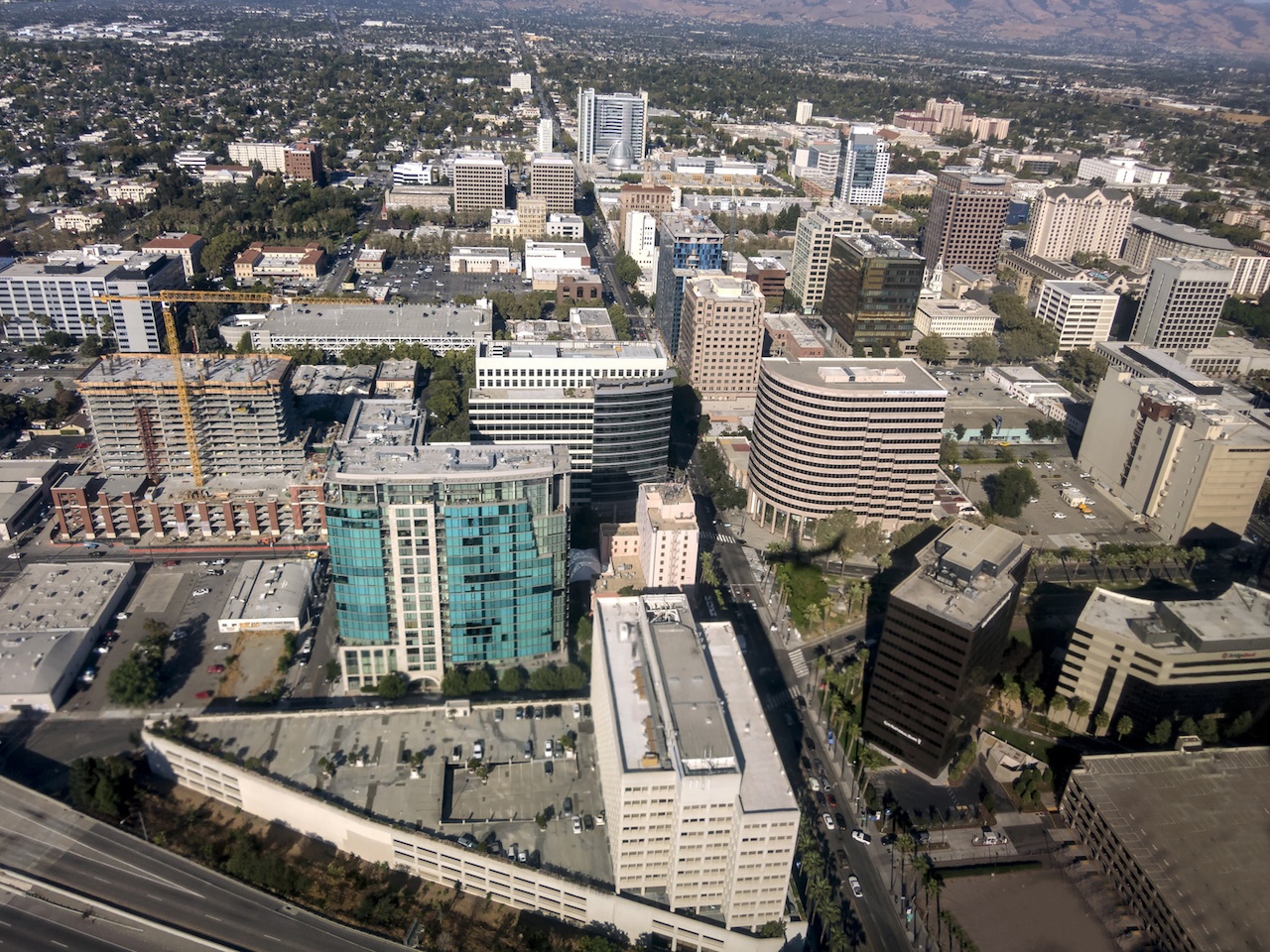Society
A broad category of content focused on societal issues in cities.
Examples: health, community, social equity, education, arts & culture, and homelessness.
The Evolution to a Smart & Sustainable City
Many cities in the U.S. and around the world have started the process of transformation from analog to smart and sustainable. The process tends to start with the implementation of a series of independent infrastructure systems connected to a digitally linked network....5 Steps to Launch a Civic Crowdfunding Program in Your City
Especially if the government is offering matching funds to participating groups, a civic crowdfunding platform should be able to carry the compliance burden for participants. Small volunteer-led organizations can be burdened by agencies’ requirements that they submit forms and receipts before receiving their matching funds. Similarly, the delay between purchase and reimbursement can severely restrict cash flow for groups with small or no budgets.
The Cognitive City
Designers, planners, developers, and architects are trained to look beyond the boundaries of their project or site. The larger environment, history, culture, and economies shape the urban landscape whether for small sites, neighborhoods, districts, towns or cities. The metropolitan region is now the platform from which cities interact with the globe. As a result, every project must push beyond static jurisdictional boundaries or simple property lines to the regional context. Expanding the domain always leads to more sustainable and powerful schemes. It is essential for planning in the 21st century.
Insights for Weathering Dynamic Shifts in Community Redevelopment
Earlier in my career I learned the hard way that you can never ratchet expectations above the baseline you set in those critical early moments of a project or initiative. People and organizations very quickly settle into the level of performance that they deem acceptable to you.
LA May Host First Renewables-Powered 2028 Olympics
The Olympic motto is three Latin words: citius, altius, fortius – faster, higher, stronger. With electric rail and buses, taller green buildings in thriving mixed use neighborhoods, and resiliency with distributed renewables, these three attributes will also be said of Los Angeles in ten years.
Ghana Needs Local Tax Revenues to Finance Sustainable City Services
As a result of these pilot projects, in Kadjebi, revenues doubled in just one year, and in Elmina, the tax collection base has been increased by a factor of 20 thanks to the implementation of billing and collection software and capacity building. Kumasi has significantly increased market revenues (by 48 percent in one month) by signing a social contract with a group of women locally known as ‘market queens’. In exchange for better sanitation facilities and street lighting, which ensures an overall safer environment in which to conduct their business, these women help with the revenue collection of market fees. The large harbur city of Tema was helped to develop plans for a phased transition from outsourcing their tax collection (at a cost of 30 percent of total tax revenues) to one that is handled internally. In Sekondi Takoradi we assisted in developing a mass communication campaign to make citizens aware of the relation between paying taxes and improved basic services.
Consider Anthropology in Your Next Urban Design Project
When applied to today’s cities in a non-academic context, urban anthropology provides a kind of “outsider’s perspective” to the dominant fields of urban planning and design. An anthropologist’s brain is one that views the current age through the long arc of humanity; they see the comparison between the best and worst of the human condition, and can balance human needs with human desire accordingly. This leads to an acceptance (and appreciation) of cultural contexts, with communication and co-creation at its core.
Opportunity with Dignity: Lessons from Multiculturalism in Toronto
Enthusiastic praise for Toronto’s successful transformation from “America’s Belfast” to one of the world’s most successful multicultural cities is rightly celebrated. However, praise should not obscure some of the very real limits to multicultural comity that have emerged with the passage of time. Two structural challenges – those of race and inequality – deserve attention.
Understanding the Soul Of A City
Even as smart city engineers, we too easily pass over thinking of the city as a complex of systems and narrow our view to some simpler, though still complicated, system that we can study in isolation. But cities do not function simply as a collection of parts. They function through the ways in which their citizens and other actors organize and connect these parts into personal and civic systems through which they can live their lives. Actors both exploit and contribute to the soul of the city. If we understood how they do this, we might then apply our skills and technologies to making cities “better,” although, as Jacob Bronowski liked to point out, “first you have to tell me what ‘better’ means.”
Scaling Smart Cities Through Consistent Performance Measurement
Imagine that cities could be performing at the highest possible levels, and striving to act as global models for other cities. Cities can lead in prioritizing and enhancing human health, while saving energy, water and waste. Cities can be powered by clean and reliable energy, while teaching children in in a green school buildings. Cities can be affordable for even the poorest. We see that future within reach, with consistent and clear performance measurement as the path that will lead the way.
Making Sure that Smart Cities Work for Citizens
When it comes to smart city services and benefits, consumers will naturally respond favorably to suggested improvements without considering the financial implications. Given limited resources, it’s important to highlight the potential tradeoffs that might be involved. CompTIA’s study presented several tradeoff scenarios to those taking the survey: 39 percent of consumers say they would probably be willing to shift budget from city staff raises, but only 31 percent would be willing to shift budget from high school athletic facilities, and just 27 percent would be willing to shift budget from new police or fire vehicles. Understanding acceptable budgetary tradeoffs will help elected officials prioritize investments.
When a City Closes the Streets to Cars, It Opens Streets to People
If you look at any city in the world from the sky, the largest public space is always the streets. Streets are designed for one purpose: to get vehicles from one place to another. Open streets programs transform those streets into meeting places, art installations, and parks, by closing them to cars and opening them to people. For anyone who has experienced the power of open streets firsthand, the sense of joy and freedom can be overwhelming.



